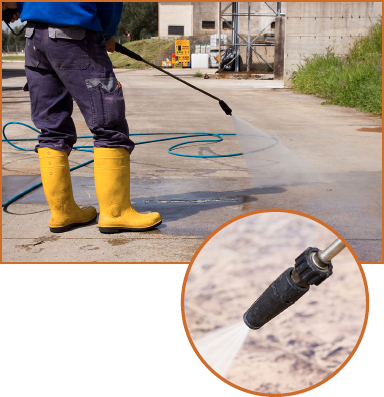

| Topic: Waterblasting Injection | |
| Date Issued: December 13, 2016 | Date Revised: |
Although it may look like just a cut, an injection is a serious injury. You must seek medical treatment immediately and provide physicians with detailed information on the injected material.
